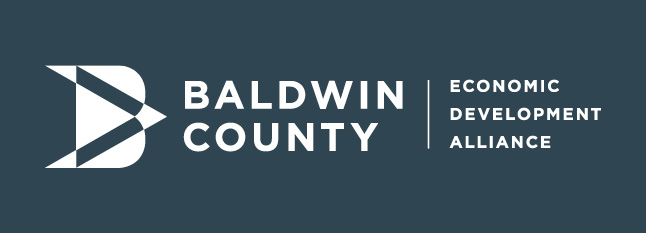By Michael Randle
Some suggest that the 2021 economy is surging, and that the COVID recession of 2020 was the shortest recession in history (March to June 2020, according to some). However, there is still a lot of current data that does not support that assertion. Technically, the U.S. is still in recession as of the first quarter of 2021, as defined by my friends at IHS Markit, the National Bureau of Economic Research and Wells Fargo, among others.
If you believe we are out of the recession, the real data does not support your belief. COVID-19 changed all of that! At the very least, we may be emerging out of a deep, dark — “Hey, it happened literally overnight” — recession.
For those who believe the economy is not so bad, tell that to the 10 million people who do not have a job when they had one in February of 2020, prior to the virus changing all of our lives. Tell that to the 15 million Americans on unemployment. Tell that to the 8 million people that fell into poverty in 2020. Tell that to the 2.2 million women who left the workforce from March to October 2020.
The U.S. economy shrank over four quarters by an average of 3.5 percent in 2020. Technically, that is a recession no matter the source. Therefore, in the winter quarter of 2021, we are still in recession.
However, according to the U.S. Department of Commerce, in the fourth quarter, the economy grew by 4 percent, which has only happened in a few quarters in the last two decades. It usually sits around 2 percent growth, and has for some time now.
We will take the 4 percent growth earned in the fall 2020 quarter. Let’s hope it continues for another quarter or two, so that this virus-generated recession will end. After two or three consecutive quarters of GDP growth, we will be out of this economic nightmare.
The last economic quagmire we found ourselves in was in 2008, when President Obama came into office. There was a huge argument at the time — should we bail out the domestic auto industry or not?
The U.S. ultimately bailed out Chrysler and GM with a $900 billion aid package. Shortly after, a huge increase in sales of light vehicles — sedans, SUVs and compacts — pulled us out of that recession.
We saw the recovery begin in early 2010. Parts suppliers and the Ford plants in Kentucky began announcing some serious deals. Then it spread throughout the Southern Auto Corridor in Alabama and Tennessee.
Now, with electric vehicles being produced by just about every automaker with a plant in the South, we are going to see the same thing — an expansion of the automotive industry to help pull us out of this recession. With the money we now have on the street (three major bailouts have been approved), the automotive industry is about to go nuts! It might be enough to pull us out of this recession.










